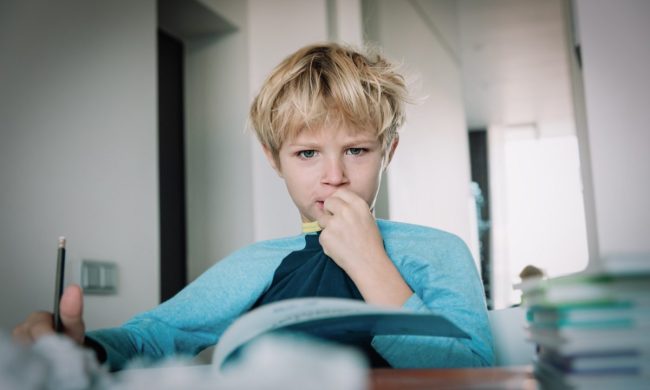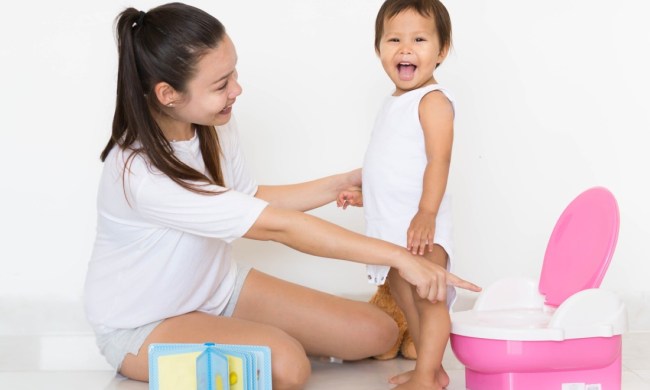After a year of school closures, many children and teens look forward to returning to in-person instruction. While the virtual classroom has some benefits, students will jump at the chance to get an instant answer from their teacher and spend time with their peers. Nonetheless, parents might ask, “Is school reopening even with the fluctuation in the number of Covid cases?” Luckily, some resources of information have been made available that can help parents find out whether their child’s school is going back after being remote.

Online resources about school opening after remote
Most school districts have their own informational resources online. These include the following:
- District websites with a link to each school
- Websites for the individual schools
- A district and/or school social media page
If your district’s website doesn’t have links to individual school web pages, then you can always click on the “Contact Us” page to send a message or get the phone number to your local school administration office. Also, your child’s school might have the latest information posted on their homepage or a tab that has “Covid-19” or something similar that leads to a page with a schedule for reopening and any Covid-related procedures and regulations.
Subscriptions to notifications
Furthermore, unless your child is new to the district, you would have already subscribed to receive notifications through email or through an automated phone call with a recorded message. Some districts automatically add parents’ contact information to their database that’s linked to a communications program. So, you shouldn’t have to take any further steps to be able to receive these communications regarding the school’s opening after remote. However, since computers periodically undergo a glitch, you might need to contact the school office to ensure that your subscription is still active.
Where to find information about private schools reopening
If your children attend a private school, then their schedule for reopening might differ from that of the public schools even if they follow a similar calendar. If your child is enrolled in any of the following institutions of learning, then you might need to contact the school directly:
- Faith-based primary and secondary schools
- Academies
- Private charter schools
- Magnet schools
Oftentimes, private schools have a different means of disseminating information because they don’t fall under the jurisdiction of the state’s public education department or the local school board. Therefore, they rely on their school’s website and/or social media page if they have one. Additionally, some private schools have an attendance or a “grade book” program where teachers can access their students’ contact information remotely. From there, your child’s teacher might call or send a group email to notify parents of the school opening after remote. Some of these programs also allow for the secretary or principal to send out an automated message by phone, email, or text message. At the time of enrollment, you might have subscribed to the school’s service to receive these notifications. Or you might consider contacting the school’s secretary for details on how to subscribe.

Does your school district have an app?
Over the course of the pandemic, some districts enlisted the expertise of their IT department or contracted with another tech organization to develop a mobile app that gives notifications on your cell phone or tablet. Thus, you can also contact the main line of your school district administration office to find out if such an app has been rolled out. If so, you can find it on your phone’s app store as a free download.

For general notifications and guidelines
To start off, you can go to various websites for general information about recommendations and health regulations. One is the Centers for Disease Control, which has information primarily for school officials to use when determining their own roadmap to reopening. Also, the CDC might post updates on recommendations related to health regulations on a national level.
National and local news
You can also keep an eye on your local morning or evening news in the event schools must shut down and likewise when they’ll reopen again.
Also, if your children’s school is operating on a modified schedule due to an outbreak in your area or because of the time it takes to disinfect the building, your local newspaper might have that information as well.
Is school reopening this year? As you can tell, there are many ways to find out the answer along with information regarding masks, social distancing, and the “Plan B” if schools have to close again or follow a modified schedule. To guarantee that you’ll receive all the necessary details, make sure you enter the school’s number into your list of contacts, bookmark their website’s homepage, and subscribe to the options for automated messaging.



